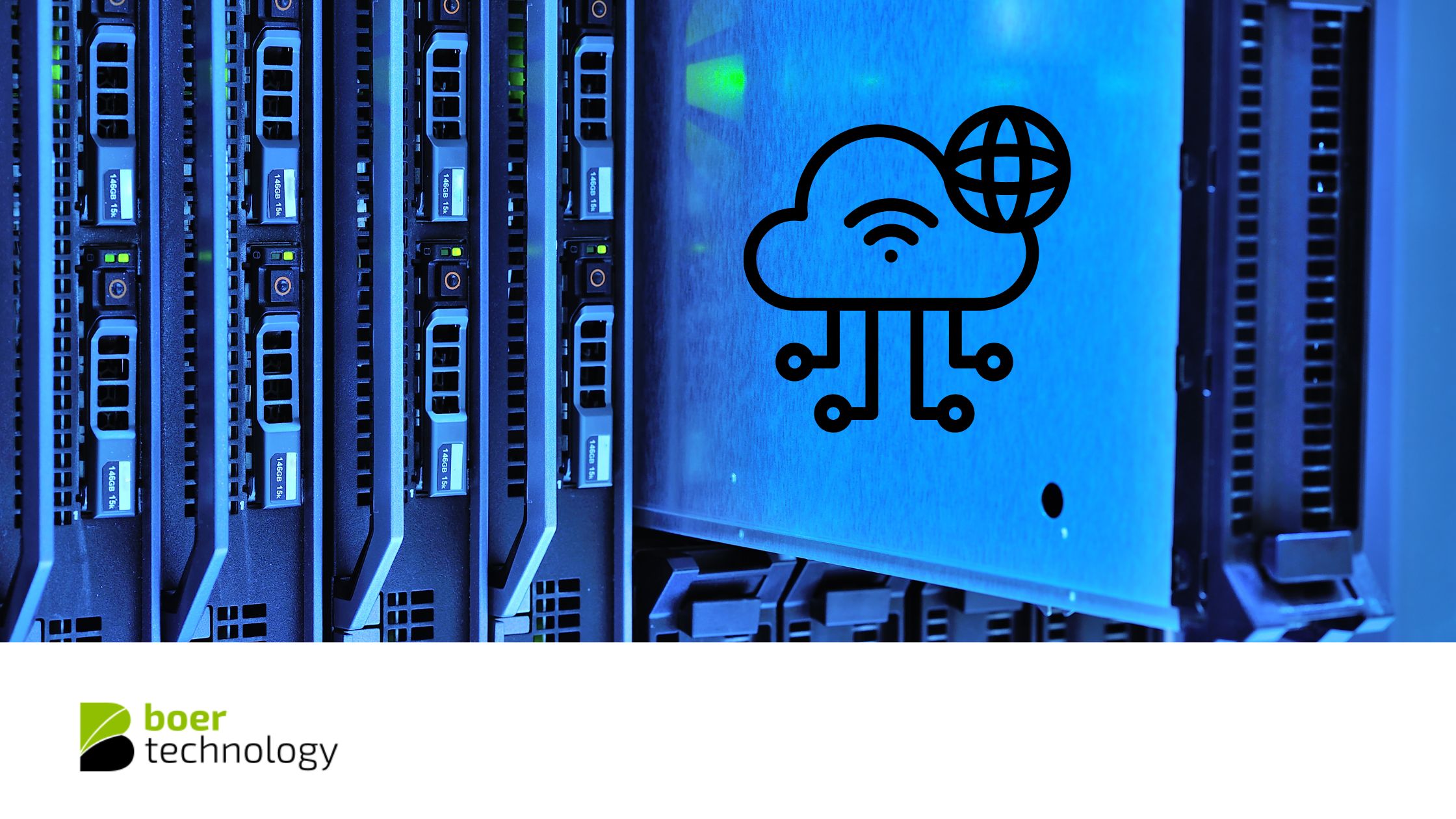Differences Between On-Premise and Cloud
In the world of information technology, there are two primary models for managing IT infrastructure: on-premise and cloud. While both models aim to provide reliable and efficient IT solutions, they differ fundamentally in how they manage, store, and access data. This article explores the key differences between on-premise and cloud models, as well as the advantages and disadvantages of each.
What is On-Premise?
On-premise refers to IT infrastructure that is managed and located physically within a company or organization. In this model, the hardware and software used to run applications or store data are maintained on-site, in the company’s office or data center. All equipment, such as servers, storage, and networks, are managed by the company’s internal IT team.
What is Cloud?
On the other hand, cloud refers to the use of services provided by cloud service providers like Amazon Web Services (AWS), Microsoft Azure, or Google Cloud Platform (GCP). With cloud, companies do not need to purchase and manage their own hardware. Instead, they can access computing resources, storage, and applications provided by the cloud service provider over the internet. Cloud offers a wide range of services that can be tailored to meet the company's needs, from data storage to advanced computing capabilities like machine learning.
Control and Ownership
The first major difference between on-premise and cloud is control and ownership of the infrastructure.
- On-Premise: With an on-premise model, the company has full control over its infrastructure. They manage and maintain servers, applications, and data directly. This provides the company with greater control over security, configurations, and internal policies. However, it also means that the company bears the cost and responsibility for maintaining the hardware and software.
- Cloud: In a cloud model, the company delegates control over its infrastructure to the cloud service provider. While this means the company does not need to manage the physical hardware, it also loses some control, especially over policies and data management. However, cloud providers typically offer management tools that allow businesses to configure and oversee the services they use.
Cost
Cost is one of the most noticeable differences between on-premise and cloud models.
- On-Premise: Managing on-premise infrastructure requires a significant upfront investment (capital expenditure, or capex) to purchase hardware and software. Additionally, the company must budget for long-term maintenance costs, hardware replacements, and software updates. An internal IT team also needs to be employed to handle system management.
- Cloud: The cloud follows a pay-as-you-go model, which is more flexible. Companies only pay for the resources they use, with no large upfront costs for hardware or software. This makes the initial investment much lower compared to on-premise. However, while the initial costs are lower, long-term cloud costs can increase if the services are not managed effectively.
Scalability and Flexibility
Scalability and flexibility are crucial factors when deciding between on-premise and cloud.
- On-Premise: Scaling on-premise infrastructure requires buying additional hardware and installing and configuring it. This process can be time-consuming and expensive. As a result, scalability in an on-premise setup tends to be more limited and requires substantial investment.
- Cloud: One of the primary advantages of the cloud is its nearly unlimited scalability. Companies can easily scale up or down based on their needs, adding or removing resources like storage or computing power as required. Cloud providers offer customizable resources that can automatically scale depending on workload, allowing companies to handle spikes in demand without worrying about infrastructure limitations.
Security and Compliance
Security and compliance are critical factors when choosing between on-premise and cloud.
- On-Premise: With an on-premise setup, the company has full control over security and data protection. They can implement internal security policies and use firewalls or monitoring systems that meet their specific needs. However, the company must invest significantly to ensure their infrastructure is protected from the latest security threats.
- Cloud: Cloud service providers generally have dedicated security teams and infrastructure that are stronger than what most companies can achieve on their own. They also comply with global security standards and certifications like ISO 27001, SOC 2, and PCI DSS. However, security in the cloud is considered a shared responsibility between the cloud provider and the company. The company must ensure that sensitive data is well-protected using encryption and proper access controls.
Deployment Time
- On-Premise: Deploying an on-premise system takes longer because the company needs to manually install and configure both hardware and software. This process can take weeks or even months, depending on the complexity of the infrastructure.
- Cloud: Cloud deployment is much faster. Companies can access cloud resources within minutes, and they can easily set up and launch applications almost instantly. This speed allows businesses to respond more quickly to market changes or new business requirements.
Conclusion
Both on-premise and cloud models offer distinct advantages and disadvantages, and the choice between them depends on the specific needs of an organization. If control over infrastructure, compliance, and security is a top priority, then on-premise might be the better choice. However, if a company needs flexibility, scalability, and a lower initial cost, the cloud offers benefits that are hard to ignore. Many organizations today are adopting a hybrid cloud approach, combining both models to leverage the best of both worlds. This allows them to maintain certain systems on-premise while taking advantage of the cloud’s scalability and flexibility for other workloads.

